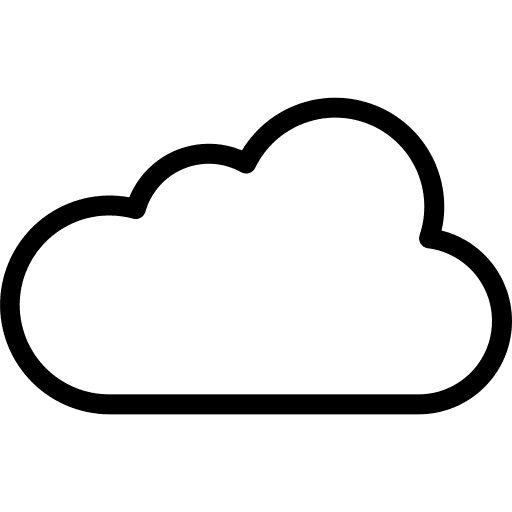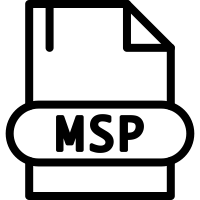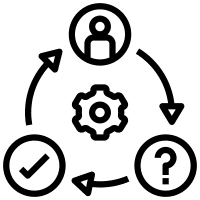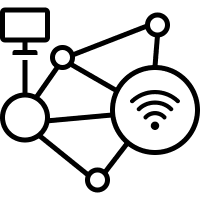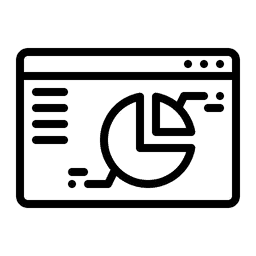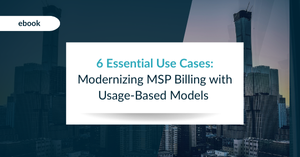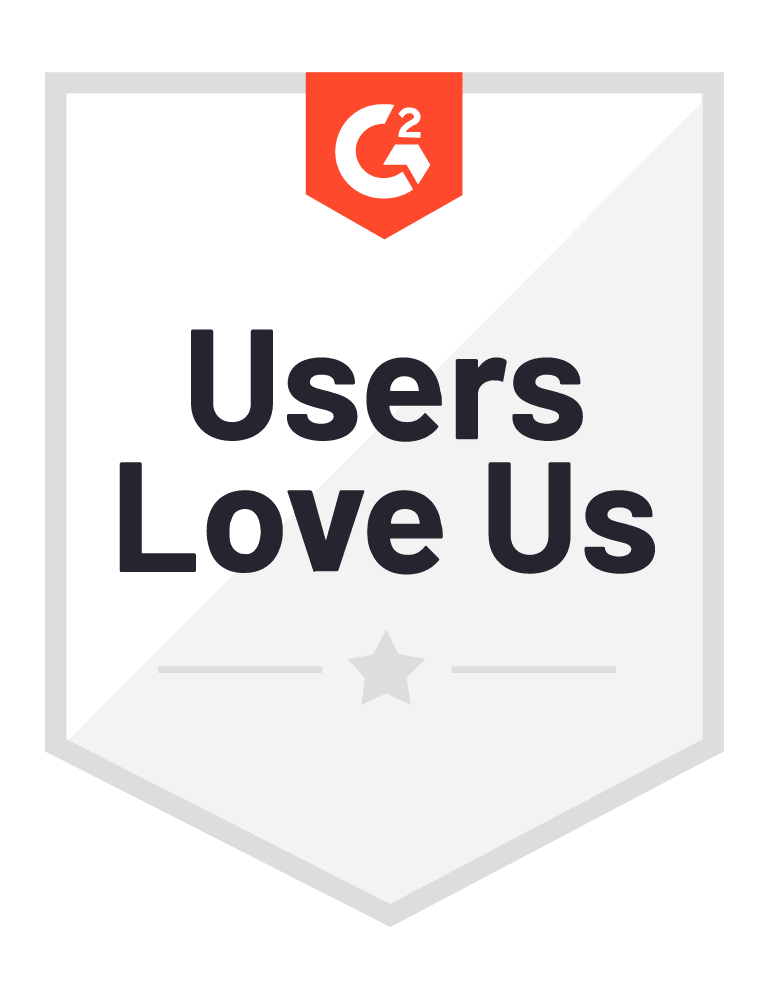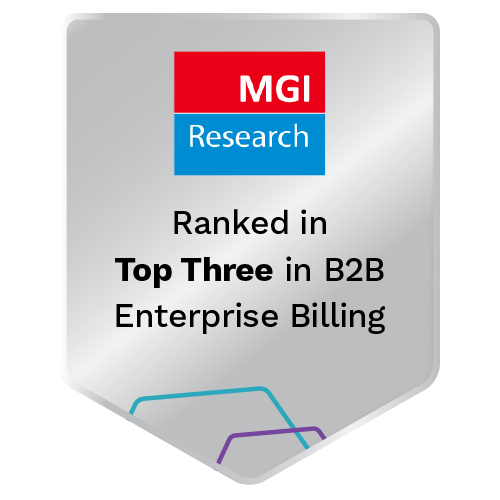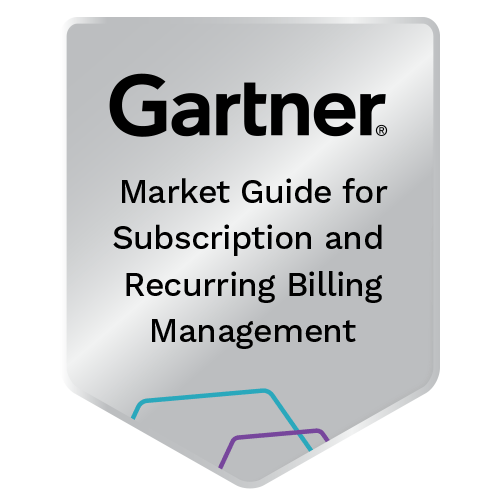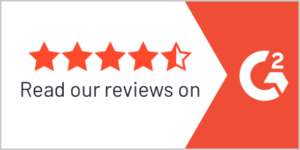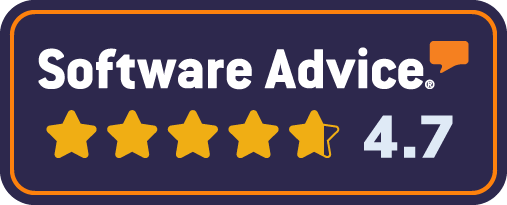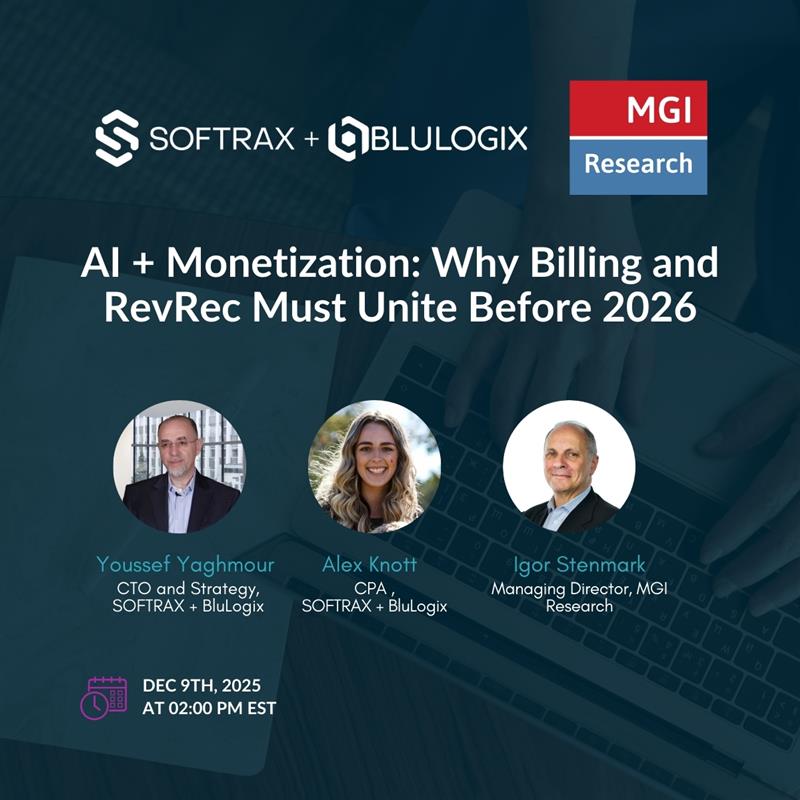The Managed Service Provider (MSP) industry is facing a new era of complexity and opportunity. For decades, MSPs built their businesses around recurring monthly revenue, fixed-rate contracts, and bundled service packages. This model worked in an environment where customers valued predictability above all else, accepting standardized agreements that delivered IT support, security, network management, and cloud services under a single, flat monthly fee.
But that landscape has shifted dramatically.
Today’s customers expect their technology partners to be flexible, transparent, and responsive to real business needs. They want billing that reflects the actual services they use, tailored pricing that adapts to their growth or contraction, and invoices that align with their organizational structures. Enterprise clients want charges split by department, business unit, or region. Channel partners want white-labeled portals, custom discount structures, and real-time usage insights. Meanwhile, vendors change pricing terms and licensing models regularly, requiring MSPs to reconcile external costs with internal revenue, ensuring they aren’t eroding margins through overlooked discrepancies.
The reality is that billing has become more than just a monthly operational chore—it’s now at the heart of customer trust, partner loyalty, and long-term profitability. It reveals whether an MSP is treating its clients and partners as valued relationships or simply as revenue streams. A modern billing platform and process can empower customers with data, help partners expand faster, and give MSPs the visibility they need to forecast revenue accurately and protect margins. Conversely, outdated billing approaches create disputes, breed distrust, and waste valuable staff resources on manual reconciliations and error correction.
The use cases facing MSPs in this evolving environment are as varied as they are challenging. They include managing the complexities of cloud services billing, where usage data comes from disparate vendor systems with inconsistent formats. They include building and managing multi-vendor bundles, ensuring customers receive a single, clean invoice for packages built from multiple providers. They involve supporting customers with layered hierarchies, where departments, regions, or subsidiaries each need separate billing data while executives expect consolidated reports.
MSPs must also rethink how they support indirect sales through channel partners, offering tools that make partner operations seamless while retaining control over pricing and discounting. Meanwhile, vendor reconciliation is an ongoing struggle—MSPs must ensure that the invoices they receive from vendors align with the charges they pass on to customers, closing the gap that can erode margins over time. And at the foundation of it all is transparency: providing customers and partners with real-time access to usage, contract thresholds, and billing details that turn billing from a pain point into a strategic asset.
This whitepaper explores six essential use cases that illustrate these challenges and opportunities. Each section delves into a real-world problem MSPs face, describes the solutions industry leaders are implementing, and highlights the tangible benefits that come from transforming billing into a foundation for growth, trust, and operational excellence.


